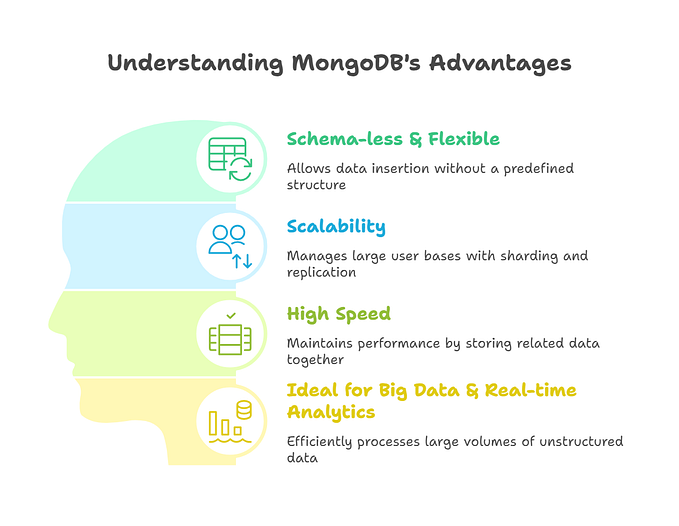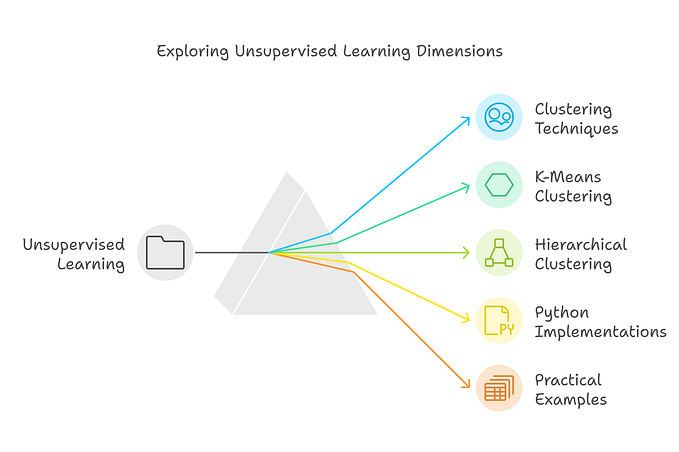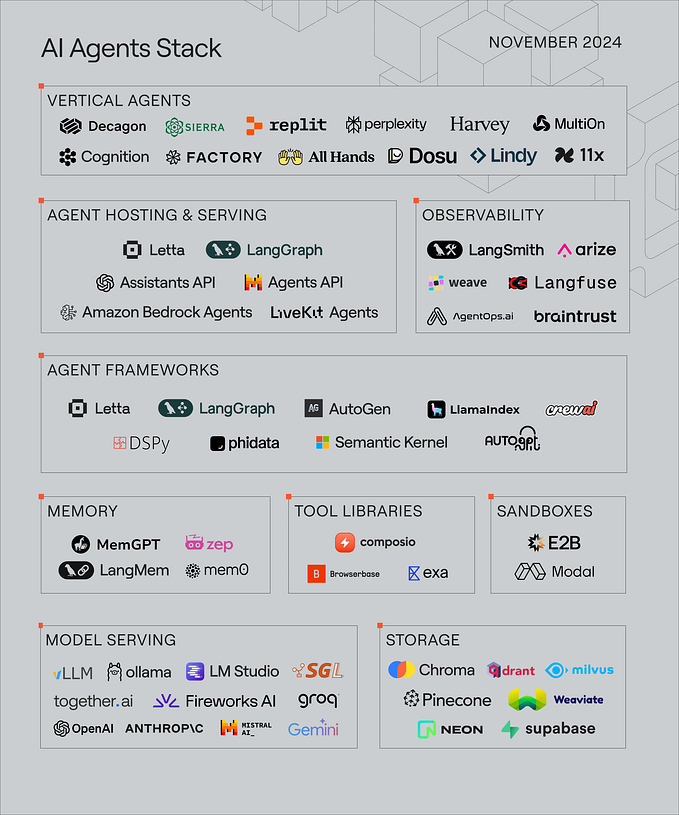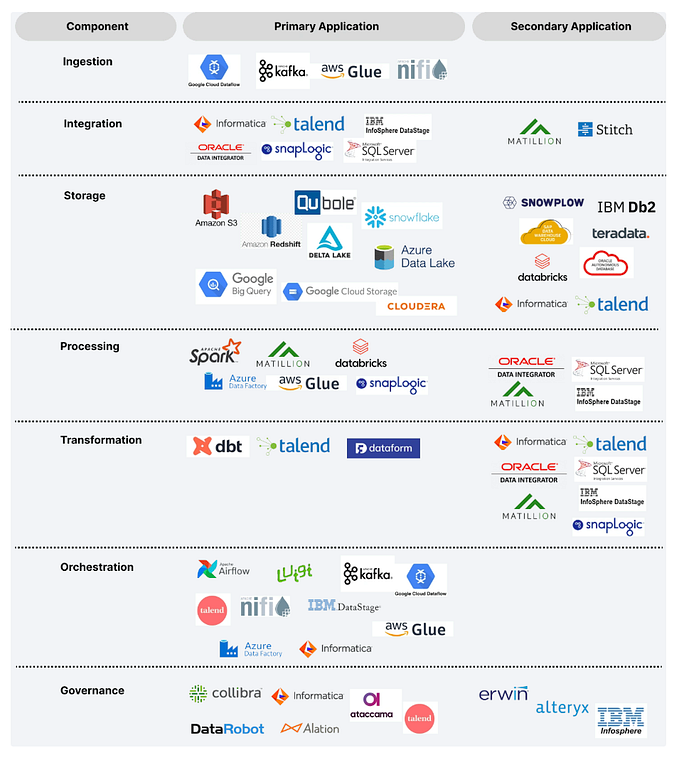From Data to Decisions: Leveraging Azure’s Advanced Analytics and IoT Capabilities
Welcome to the fourth installment of our comprehensive series on Microsoft Azure! Building on our foundational discussions on Azure’s compute services, storage solutions, networking, and security, we now explore the platform’s capabilities in handling advanced applications. This blog will guide you through Machine Learning with Azure ML, IoT solutions with Azure IoT Hub, big data processing with Azure Synapse Analytics, and strategies for implementing hybrid solutions and migrations. This detailed exploration aims to provide you with the knowledge to leverage these advanced technologies effectively in your projects.

Machine Learning with Azure ML
Azure Machine Learning (Azure ML) is a cloud-based platform designed for developing, training, and deploying machine learning models efficiently. Azure ML streamlines the machine learning lifecycle, from data preparation to model deployment, making it accessible for both novice users and experienced data scientists.

- Capabilities: Azure ML supports various data science languages and frameworks, including Python, R, PyTorch, TensorFlow, and Scikit-learn, facilitating a flexible and powerful environment for machine learning projects. Its end-to-end services cover everything from data prep and model training to deployment and monitoring.
- Use Case Example: A healthcare analytics company uses Azure ML to develop predictive models that assess patient risk levels based on historical health data, significantly improving patient outcomes by personalizing treatment plans.
- Key Takeaway: Azure ML democratizes machine learning, providing tools that help speed up the time from concept to production while ensuring models are accurate and scalable.
IoT Solutions Using Azure IoT Hub
Azure IoT Hub provides a centralized hub for all IoT communications, offering secure, bi-directional communication between IoT devices and Azure applications. It simplifies the complexity of IoT deployment with its built-in device management, scaled provisioning, and seamless integration with other Azure services.

- Capabilities: IoT Hub supports millions of simultaneously connected devices and millions of events per second to accommodate the massive scale of typical IoT applications. It provides device libraries for multiple languages and platforms, making it easier to integrate a wide variety of IoT devices.
- Use Case Example: A smart city initiative utilizes Azure IoT Hub to manage a network of sensors and cameras that monitor urban traffic conditions in real time, helping to optimize traffic flow and reduce congestion.
- Key Takeaway: Azure IoT Hub is essential for managing large-scale IoT deployments securely and efficiently, offering extensive device connectivity options and robust data gathering capabilities.
Big Data and Analytics with Azure Synapse Analytics
Azure Synapse Analytics is a limitless analytics service that brings together enterprise data warehousing and Big Data analytics. It offers a unified experience to ingest, explore, prepare, manage, and serve data for immediate business intelligence and machine learning needs.
- Capabilities: Synapse integrates with Power BI and Azure Machine Learning to provide a comprehensive analytics solution that can handle both on-demand queries and complex data processing jobs. It supports various data formats and integrates seamlessly with other Azure services, enabling a highly extensible environment.
- Use Case Example: An e-commerce platform leverages Azure Synapse Analytics to analyze customer behavior and sales data across multiple channels, enhancing customer engagement through personalized marketing and targeted product recommendations.
- Key Takeaway: Azure Synapse Analytics is a powerhouse for running big data and analytics on a massive scale, providing insights that can transform business operations and decision-making processes.
Hybrid Solutions and Migration Strategies
Azure offers robust solutions for creating hybrid environments that integrate on-premises infrastructure with the cloud. This flexibility is crucial for organizations that need to maintain some of their workloads on-premises for regulatory or operational reasons.
- Strategies: Utilize Azure Arc to extend Azure management and services to any infrastructure, and Azure Stack to bring consistent hybrid cloud capabilities to your on-premises environment.
- Use Case Example: A financial institution employs Azure Stack to process sensitive transactions locally due to regulatory requirements while using Azure cloud services for less sensitive operations, achieving an optimal balance between compliance and cloud scalability.
- Key Takeaway: Azure’s hybrid solutions offer the flexibility to innovate with the cloud on your terms, providing ways to modernize your applications and infrastructure while meeting various operational and compliance requirements.
Conclusion
As we’ve seen, Azure’s advanced topics and specialty areas provide powerful tools and capabilities for addressing complex and large-scale business challenges. Whether you are innovating with AI, managing IoT devices, analyzing big data, or integrating cloud solutions with on-premises systems, Azure offers a robust and flexible platform to meet your needs.
Stay tuned for our next post, where we’ll review the entire Azure series and provide additional resources to help you continue your journey in mastering Microsoft Azure.








